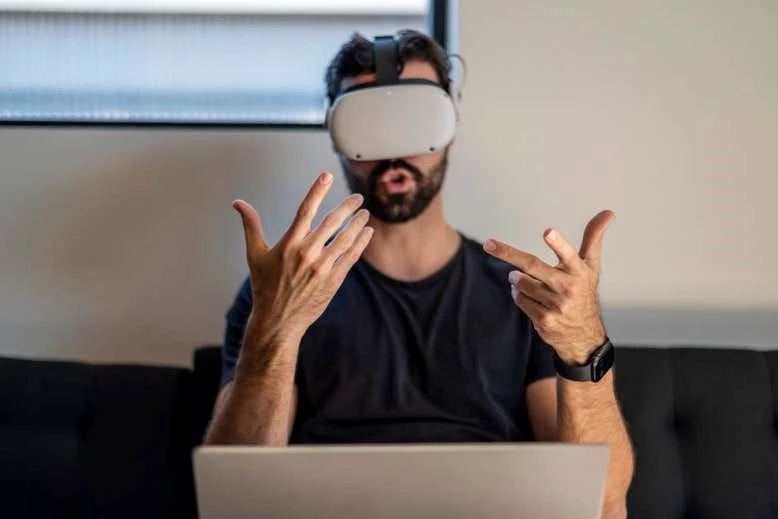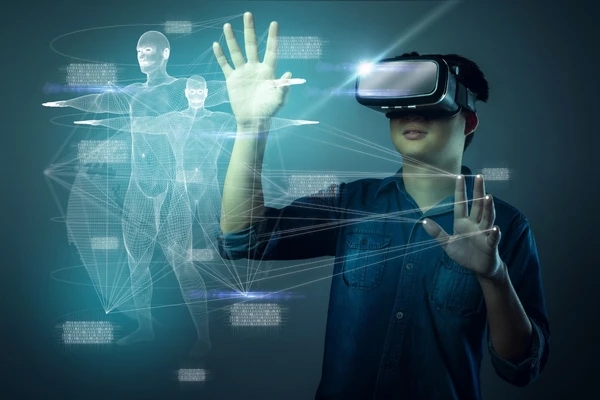Working in virtual reality for a week made people less productive
Tuna exports to France increased 203% in 7 months / Application of AI in Vietnamese shrimp farms
People working full-time in a virtual-reality environment have lower productivity and well-being, and increased anxiety, according to a new study. The research shows that, despite companies such as Microsoft and Facebook owner Meta investing heavily in VR and the immersive virtual world of the metaverse, the technology isn’t yet ready for widespread use in the workplace, while some people may never be able to use it effectively.
Jens Grubert at Coburg University in Germany and his colleagues, including researchers at Microsoft, recruited 10 men and six women, with an average age of 29, to work a full five-day week while wearing an Oculus Quest 2 VR headset, and another full week using a conventional computer. They worked 8-hour days with a 45-minute lunch break.

Working in virtual reality for a week made people less productive.
Those participation figures don’t include two people who dropped out on the first day because of migraines and nausea, but those that lasted for the whole trial reported 42 percent higher frustration using the VR headset, 19 percent more anxiety and 48 percent more eye strain in the virtual environment. They also reported 16 percent lower productivity, found VR 36 per cent less usable than a conventional set-up and had 20 per cent lower well-being.
Nonetheless, there are compelling benefits to working in virtual reality, says Grubert. The headset means that users are freed from working on a single monitor and can have as many virtual monitors as they like, panning from one to another simply by moving their head. It also allows remote colleagues to interact in a virtual space as if they were in the same room, and the environment can be tailored to the user’s requirements.
There are also problems, though. Current headsets create a view with relatively low resolution, can be heavy to wear for extended periods and the disorientation of receiving different visual and balance inputs can cause nausea. A phenomenon known as vergence-accommodation conflict – in which the brain struggles to resolve the apparent distance from a three-dimensional object with the different focal length required to focus on it – can also unsettle the wearer.

Illustrative image.
Grubert says hardware improvements will only solve some of these problems. “You will have higher resolution, you might have more lightweight designs. So this might address some issues that we found in our research so far, but you will still have inherent problems.”
He believes that regulation is needed to protect workers from being forced to use VR and to stop companies from using the technology to degrade working conditions. “In VR, you can emulate great working environments,” he says. So companies may try to shut off the lights, or cram people in next to each other, and care less about physical work environments, he says. “I don’t think this is so far from being tried out. Technology companies like Meta should be open about [the fact that] this will not work for everyone.”
“It’s actually also true for mobile work too,” says Grubert. You can discuss the benefits or drawbacks of remote work versus on-site work, he says, but in his opinion, the future of work requires a more flexible management culture rather than just technological improvements. “If people can work more confidently and have a better productivity and well-being when they are at home, then let them work there with whatever technologies they find usable,” he says.
Reference: arxiv.org/abs/2206.03189
End of content
Không có tin nào tiếp theo



